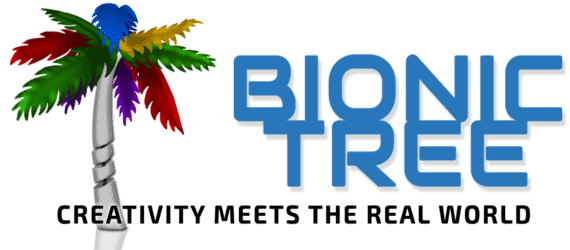3d Printing or Rapid Prototyping is a rather new approach to product fabrication. There are many different types of machines out there with many different strengths and weaknesses. Then there are also different types of materials, software, and post processing techniques that will have a lot of different outcomes for the prototype that comes out as a result. Due to the numerous types of 3d printers out there, I will focus on the printers I will have available.
Methods of 3D Printing
FDM 3D Printing
FDM (Fused Deposition Modeling) 3d Printing is by far the most common and well known method of 3d prototyping. This method takes a plastic filament strand into the heated printer head and melts it down. The melted filament then exits the nozzle and sets into layer after layer to form a 3D model. Depending on if the model is hollow, has a mesh type filling of the object, or is completely filled with plastic will greatly determine the time it takes to complete a project. The resolution of this 3d printing method is getting better all the time, but it is not quite as high as Resin 3d Printers.
FDM Printer Available
- Rapide Lite 200 (Modified)
Resin 3D Printing
Resin 3d Printers are the oldest variety of 3d printers. SLA (Stereolithograph Apparatus) was the initially developed method that is still used today. Over time, the technology has been modified to work with different kinds of resin which operate with different light varieties that will harden the resin layer by layer as the light hits the initial area in the resin vat. Laser printers, DLP printers (commonly using projectors with high output UV bulbs), and LCD/LED printers (which are the newest arrivals) all have definite strengths and weaknesses, but draw or render entire layers one at a time. After the print is completed, the print is removed to be further cured and hardened to its final state.
Resin Printer Available
- Photocentric Liquid Crystal Pro

